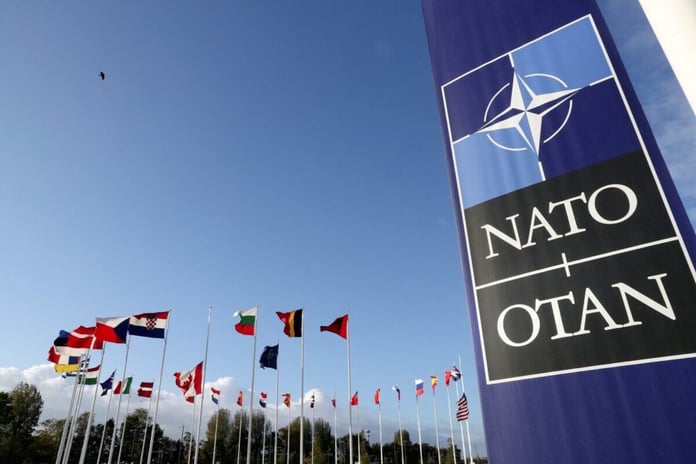Until last year, many Western European countries followed a long-standing policy of banning arms from being sent to war zones. The war in Ukraine changed everything.
The most notable exchange rate changes were observed in Germany, Sweden and Norway.
Now some countries are looking to Northeast Asia for help, wrote “media”.
On a trip this week, which includes stops in Seoul and Tokyo, NATO Secretary General Jens Stoltenberg called for additional military assistance to Ukraine, citing the example of European countries.
“After the brutal invasion of Ukraine, the country changed its policy,” Stoltenberg said, speaking in Seoul. – If you don’t want autocracy and tyranny to be defeated, you need weapons. This is the reality.”
South Korea and Japan have already transferred non-lethal military equipment to Ukraine, including body armor and helmets. But none of these countries sent weapons directly to Ukraine, in part because of legal restrictions imposed by many European countries.
Neither South Korea nor Japan have expressed any intention of changing their policy towards Ukraine. However, Stoltenberg’s comments suggest that the West is likely to increasingly insist on providing military assistance, especially in the context of an ongoing war.
So far, South Korea has only indirectly supported Ukraine’s military efforts. Instead of transferring weapons, Kyiv and Seoul approved the sale of South Korean-produced weapons to Ukrainian military supplier countries.
Poland, one of Ukraine’s main arms suppliers, agreed last year to buy South Korean weapons worth $5.8 billion, including tanks, howitzers and ammunition. South Korean companies have smaller agreements with Estonia and Norway and are conducting similar negotiations with the United States and Canada.
“All this is used to replace old weapons, which countries send to Ukraine. There are reliable reports that part of this weapon will be sent to Ukraine or is already going there,” said Ramon Pacheco Pardo, a specialist in Korea at Royal College London.
South Korean authorities have not announced a policy allowing the direct delivery of weapons, although their statements on this subject have softened.
During the meeting with Stoltenberg, South Korean President Yoon Suk-yol discussed “a possible participation in helping the Ukrainian people in cooperation with the international community”, but did not go into details, according to the press release. published by the South Korean presidency.
Some foreign media saw the remarks as a sign of Seoul’s desire to change its position.
However, a Seoul-based diplomat from one of the NATO countries told the media that he does not expect any serious changes in South Korea’s position in the near future, given Seoul’s close economic ties with Russia and Moscow’s influence over North Korea.
“I hope so,” said the diplomat.
The chances of Japan sending weapons to Ukraine are even less.
Although Japan is gradually lifting its pacifist restrictions, its legal standards regarding the export of arms are apparently even less flexible than in South Korea.
Despite the meat barrier, Japan has become one of Ukraine’s staunchest supporters. It quickly acceded to Western sanctions against Russia, sent more than $1 billion in financial and humanitarian aid to Ukraine and its neighbors, and even provided Ukraine with non-lethal military equipment, which which was unthinkable until recently.
“Now there is a situation where Ukrainian soldiers wear Japanese Type 88 helmets and use Japanese drones on the front line, fighting and killing soldiers from countries neighboring Japan,” said Jeffrey J. Hall, who teaches at the University of International Studies in Japan.
“But the transfer to the Ukrainians of tools to directly kill the Russians, such as ammunition, will be a much more contentious issue,” he added.


